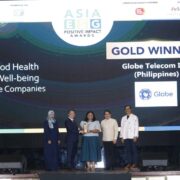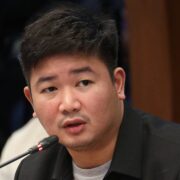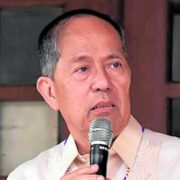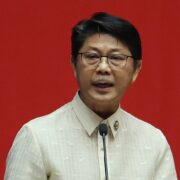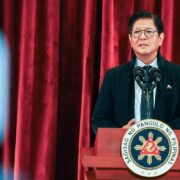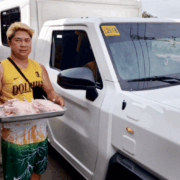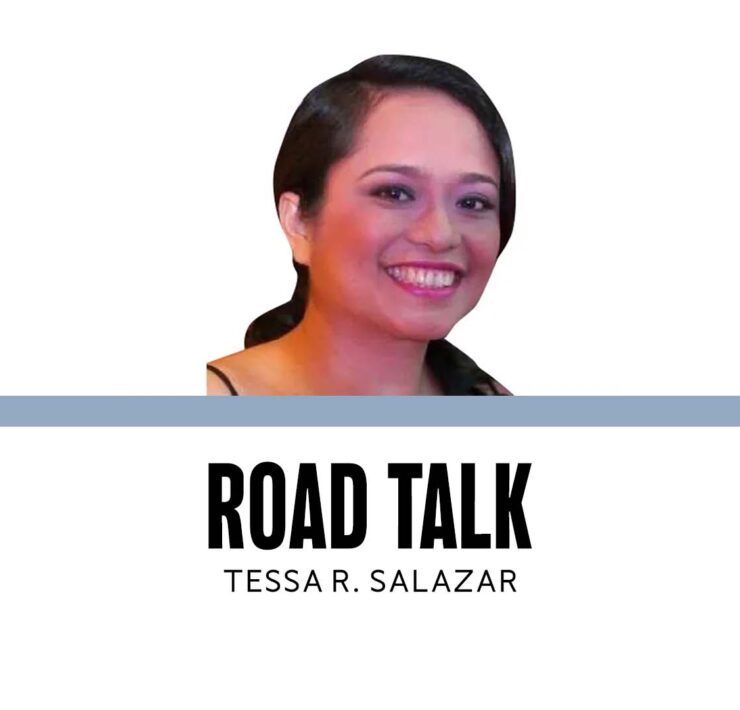38 years of being an inquirer
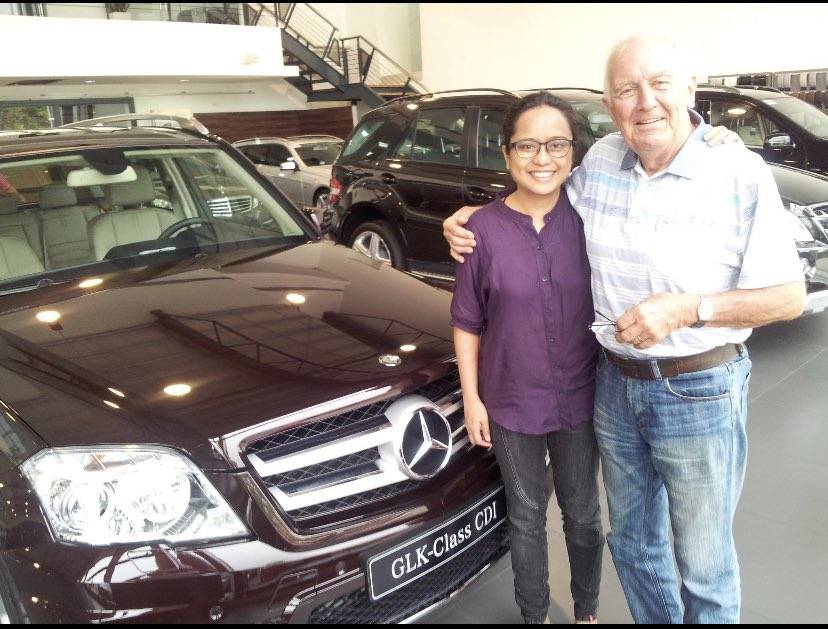
We had the news for breakfast.I grew up in that era when everyone at the breakfast table read the paper first before dipping their oven-fresh pan de sal into their cup of piping hot coffee. Before the rising sun was hot and bright enough to dry the labada and whiten the kinula, my parents were already heatedly discussing the “nagbabagang balita.”
I remember during my mid-teens that my folks got their fill of the day’s latest from just one paper, the Philippine Daily Inquirer. Back then, in the mid-80s, this newspaper was the newest “pain in the neck” publication hounding the occupants at the Palace no end. Its inflammatory pages fueled the constant heated discussions between my parents who were both law graduates and government workers, but had polar opposite political views. Even my uncle—my mom’s older brother—would join the verbal fray every time he’d visit us (and he was with us much of the time). He would side with my mother. The arguments would get so animated and loud that I often had to cover my ears or leave the house just to get some peace and quiet.
There was one point when I told myself that if ever my parents decided to split, I’d sue the Inquirer.
So, yes, you could say that one of the biggest influencers in our lives was the newspaper. I knew then how powerful the printed word could be. And I often wondered about the actual persons behind the bylines. What did they look like? How did they behave? How, and why, did they write the things that would nearly bring my family members to blows?
My curiosity evolved into fascination, and by the time I was about to graduate from college bearing an AB degree in Communication at the turn of the ‘90s, it had become a conviction. I wanted to be part of the country’s most influential newspaper. That resolve was reinforced by what our school’s CommArts dean told me before I graduated: “You’re better read than heard.”
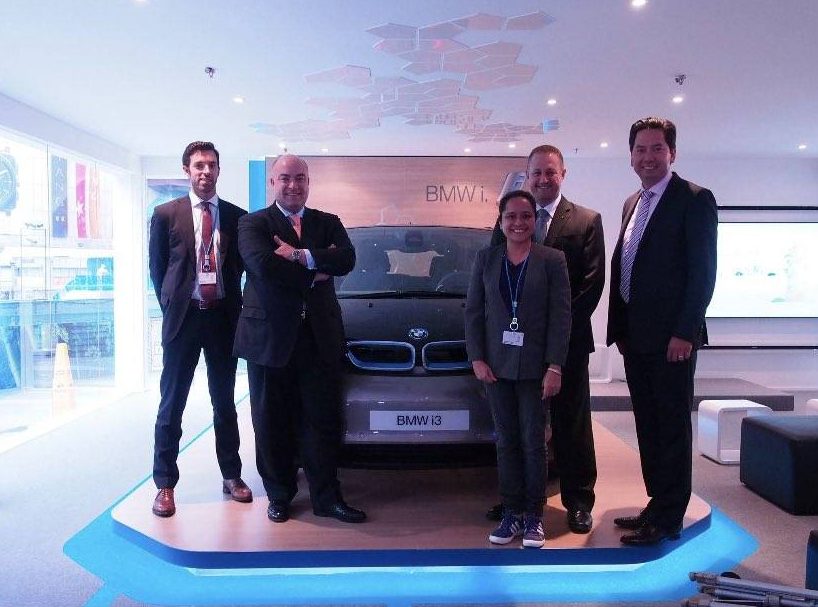
After a series of fortunate events, I ended up in front of journalist Ruby Villavicencio-Paurom—then the paper’s HR head—who asked me why I wanted to be part of the Inquirer.
I officially became part of the Inquirer family in the love month of 1993, starting off as a proofreader. In between proofing the next day’s news, I interacted with the personalities behind the names at the newsroom. But just as important, I became good friends with the people behind the scenes, toiling day and night to “put the paper to bed”—the production crew, the layout artists, the typesetters, the cutters and strippers (nope, they don’t take their clothes off for the graveyard shifters; they cut the unwanted portions from the negatives). Then I became an editorial assistant at Junior Inquirer, before moving on to being a research assistant.
I would be spending the majority of my professional life as a multi-beat reporter for the science and health, information technology, property and automotive/motoring sections. Then-editor Cesar D. Mangawang and his assistant editor Leo Magno took a chance on this neophyte. It turned out I was a good fit. Too good of a fit, in fact, that by the time Cesar retired and the infotech, science and health and property sections were discontinued or given to other editorial sections, I stayed on (along with fellow long-time reporter Charles Buban). Charles and I became sort of “hand-me-downs” to Cesar’s successor to the motoring section, Jong Arcano.
Thirty years after my first day in the Inquirer, I had to bid adieu to being a salaried employee. But there has been life after retirement. I had been given the privilege to continue writing for the paper’s motoring section, as a contributor and columnist for Road Talk.
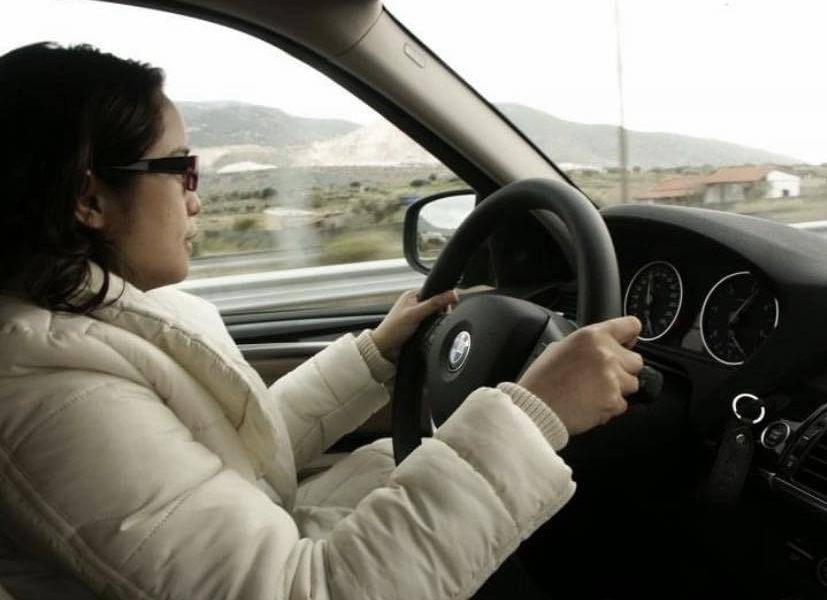
When I think about it now, those 30 years have gone by literally like the blink of an eye. But in 1993, never would I have imagined what I would eventually experience as an “Inquirer.”
As proofreaders, we’d be staying in the office sometimes for two or three days straight just to keep up with the news cycle. We would be sleeping on tables or lined-up chairs. We would be reporting for work fresh as daisies, only to come home two or three days later looking like zombies.
When I became a multi-beat reporter, I had to learn so many things in so short a time. I had to enroll in an automotive technician course in Don Bosco Technical Institute in Makati so I could understand more the inner workings of cars. I also signed up for a course on plant-based nutrition at e-Cornell (T. Colin Campbell Center for Nutrition Studies), upon the prodding of my vegan source nutrition biochemist T. Colin Campbell, a professor Emeritus at Cornell University, so I could connect the dots between diet and health.
In 2007, Cesar assigned me to visit an organic farm in Irvine, California. At the time, Cesar knew that my mother had breast cancer, so he figured I could learn something important there that I could apply to my Mom. And he was right. Not only did I learn about soil nutrients and the significance of organic farming on human health, but I also networked with valuable resource persons in the global science and health communities. The trip also gave me the opportunity to pay a visit to a controversial cancer treatment clinic in San Diego, where I ended up interviewing oncologists from Europe and the Americas—all of whom requested anonymity because their radical views on health and cancer treatments could get their licenses revoked. Nevertheless, I got their valuable insights that I felt were right for my mother, and which corroborated my other interviews with established scientists at Cornell University (Campbell), MD Anderson Cancer Center in Texas (biochemist Bharrat Aggarwal), New York-based research scientist/writer Ralph Moss, and Dr. Dean Ornish (which later also turned out useful for my father’s cardiovascular condition).
In May 2013, I was witness to an aborted Nascar race at the Charlotte Speedway in North Carolina. A certain Filipino tour and race promoter had invited a group of upcoming and veteran Filipino car racers into joining, soliciting for, and financing a so-called international race at the Charlotte Speedway that would pit the best from the Philippines with racers from 12 other countries. I was the assigned writer for what should have been a landmark event for Philippine motorsports. Well, come race day, not one international racer showed up. There were no banners, no tickets, no crowds. The promoter made outlandish excuses. While I rushed back to my room, I was warned by the organizer not to report what happened. Obviously, I did, but not before locking myself up in my room to stop him from barging in and literally yanking my laptop away. The story came out in Inquirer.net, and it was one hell of a scoop.
I also developed deep admiration for the individuals who have shown passion for their craft, many of whom I have had the privilege of interviewing and writing about. There’s Dr. Michael Gregger, John Robbins, Dan Buettner, the team from Physicians Committee for Responsible Medicine; automotive/business auto industry writers Jonathan Mantle, Tony Lewin, Paolo Tumminelli; Johan Rockstrom, Owen Gaffney, and Seth Fletcher for science and environment issues.
I’m too young to stop writing. As long as the mind is willing and able to do the thinking, so will my fingers do the typing. But I’m not too old, either, to be unaware that there is a new generation of media that’s opening their gadgets, firing up their engines, switching on the lights, and sharing their own fresh takes on a rapidly evolving communication landscape.

I can say with pride that I have contributed my own share towards women empowerment in the motoring media and in the mobility landscape, in general. It’s about time more women had more say in the design, engineering, production, branding, and marketing of cars. If not, then half of the motoring population is grossly under-represented. Nowadays, almost half of new car buyers in the Philippines are women. Women are also excelling in motorsports. One prime example of late has been Bianca Bustamante who competed in the F1 Academy and is now part of the McLaren Driver Development Programme.
I’d like to think that women writers in the beat have had (quite literally) a say in the evolving role of women in transport, mobility, and motorsport. At the same time, I appreciate the opportunities this beat has given me over the years—opportunities that wouldn’t have been possible if I didn’t stay behind the wheel and drive it my way.
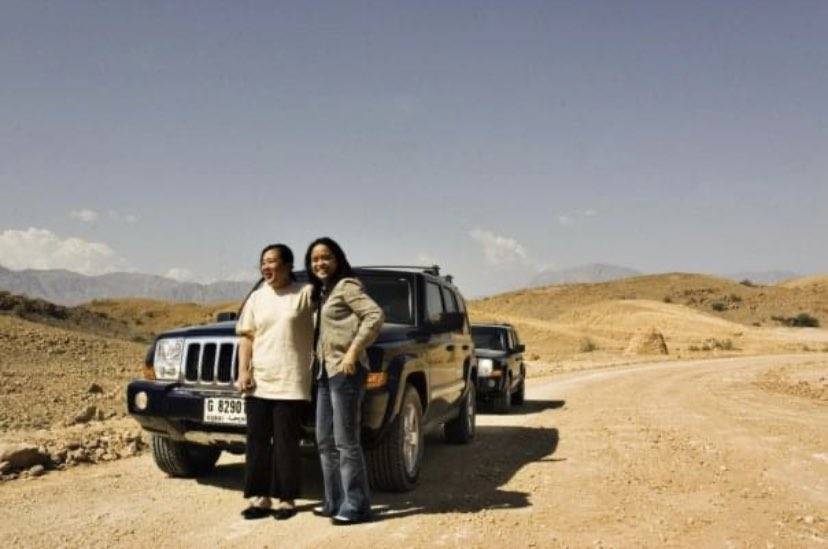
My advocacies for the environment, my decades-old advocacy for animal rights and my other advocacies intersect, and sometimes run counter to my work as a scribe. I can’t help but feel conflicted at times. On one hand, I write about cars, the thrill and joy of driving, and all that. But on the other hand, I know that cars—especially those powered by internal combustion engines that burn fossil fuels—are contributing significantly to worsening air and noise pollution and climate change. I often find myself sitting in opulent car interiors that have been lined with animal skins.
That guilty feeling has never left, but I believe it’s that guilt that has made me into a better communicator, a more empathetic, purposeful writer; maybe an even more critical one, even. It has motivated me to speak out and let my sentiments be known to global automotive engineers and car company executives at all levels. I ask them, consistently, “When will you make cars that are totally devoid of animal products? When will you make cars that won’t have to add more greenhouse gases to the atmosphere?” Judging by the trend of more new-energy vehicles coming out, and car companies committing to ending their production of ICE cars within the next 15 to 20 years, and with more and more car models using non-animal leather, the effects of those advocacies have been positive and proactive.
And have there been heated debates among my readers because of what I’ve written? I hope so. Because the Inquirer would have never reached this milestone 38 if everyone agreed on everything. You can ask my parents, who are still happily married after 54 years.

